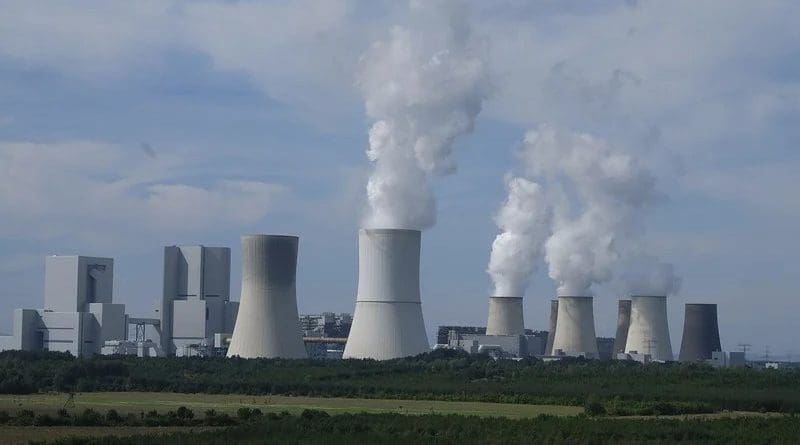Doubling Of Nuclear Capacity By 2050 Requires ‘Concerted Action’, Says IAEA
World nuclear generating capacity will double to 792 GWe (net) by 2050 from 393 GWe in 2020 under the high case scenario of the International Atomic Energy Agency’s (IAEA’s) latest projections. Compared with last year’s high case projection of 715 GWe by 2050, the estimate has been revised up by just over 10%, marking the first time since the 2011 Fukushima Daiichi accident the IAEA has revised its projections upwards.
The 41st edition of Energy, Electricity and Nuclear Power Estimates for the Period up to 2050 provides detailed global trends in nuclear power by region. The report presents its projections for nuclear electrical generating capacity as low and high estimates. The low case assumes that current market, technology and resource trends continue and there are few additional explicit laws, policies and regulations affecting nuclear power. The IAEA says the high case projections are “much more ambitious but are still plausible and technically feasible.” Country policies on climate change are also considered in the high case.
Global final energy consumption is projected to increase by about 15% from 2020 levels by 2030 and by about 30% by 2050. Electricity consumption is expected to grow at a faster rate of about 2.4% per year, doubling between 2020 and 2050. Total electrical generating capacity is forecast to rise by about 30% by 2030 and to more than double by 2050.
Under the low case scenario, world nuclear generating capacity will decline by about 7% until 2030 and then rebound to about the same as the current level, at 392 GWe, by 2050. In the high case, nuclear capacity increases by about 20% by 2030 and more than doubles by 2050 compared with 2020 capacity. However, in both scenarios the share of nuclear in total generating capacity is expected to decrease by 2050.
According to the IAEA’s high case projection, nuclear energy could contribute about 12% of global electricity by 2050, up from 11% in last year’s 2050 high case projections. Nuclear power generated around 10% of the world’s electricity in 2020. The low case scenario is unchanged with a projected share of 6% for nuclear in the total electricity generation.
About two-thirds of nuclear power reactors have been in operation for over 30 years, highlighting the need for significant new nuclear capacity to offset retirements. Uncertainty remains regarding the replacement of the large number of reactors scheduled to be retired around 2030 and beyond, particularly in North America and Europe. Ageing management programmes and long-term operation are being implemented for an increasing number of reactors.
The IAEA said the realisation of its high case scenario would require significant actions, including an accelerated implementation of innovative nuclear technologies, such as small modular reactors and advanced reactors. The Agency noted, “The current pace of nuclear power development shows that urgent actions are needed to maintain the existing role of nuclear power in the energy mix … Significant, concerted action, including accelerated demonstration of innovative technologies, is needed to reach a share of about 12% in electricity production by 2050, as seen in the high case projections.”
The IAEA said the change in its annual outlook for nuclear “does not yet mark a new trend, but it comes as the world aims to move away from fossil fuels to fight climate change.” It noted many countries are considering the introduction of nuclear power to boost reliable and clean energy production. “Commitments under the 2015 Paris Agreement could support nuclear power development if the necessary energy policies and market designs facilitate investments in dispatchable, low-carbon technologies,” it said.
“The new IAEA projections show that nuclear power will continue to play an indispensable role in low-carbon energy production,” said IAEA Director General Rafael Mariano Grossi. “The report’s findings represent an encouraging sign of increasing awareness that nuclear power, which emits no carbon dioxide during operation, is absolutely vital in our efforts to achieve net zero emissions.”

